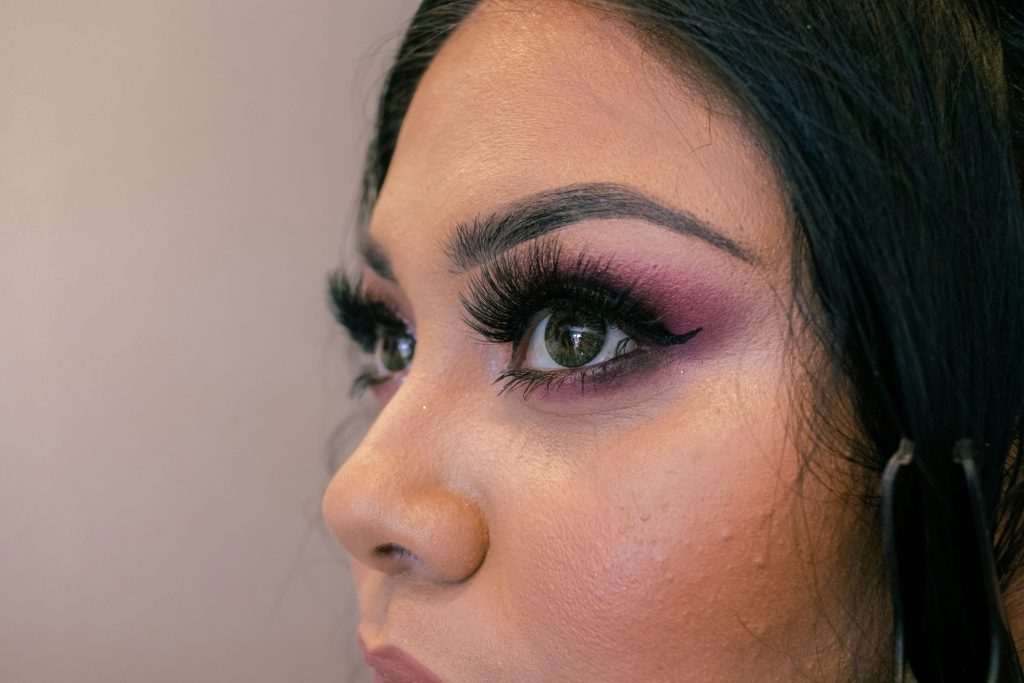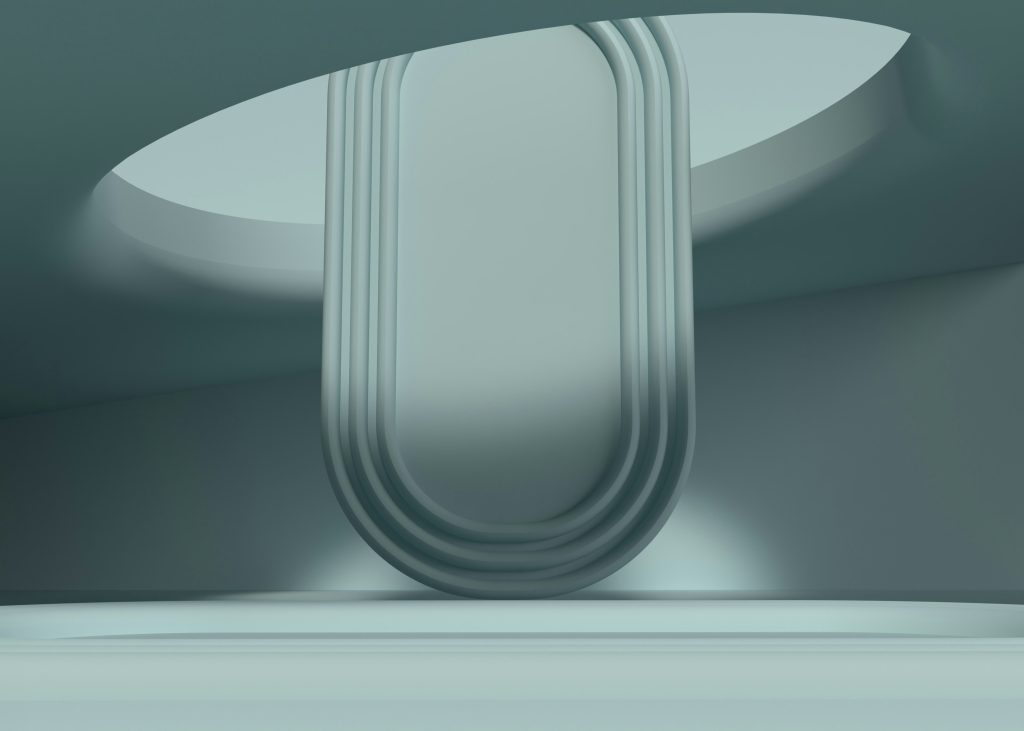Have you ever stared at your makeup palette, overwhelmed by shades that seem to scream “don’t pick me”? You’re not alone. Many aspiring makeup artists struggle with understanding how colors interact and harmonize on different skin tones—a skill often referred to as expert makeup color theory. In this guide, we’ll demystify the art of using color like a pro so you can create stunning looks every time. From foundational concepts to advanced techniques, this post has got you covered.
Table of Contents
- What is Expert Makeup Color Theory?
- Step 1: Understanding the Color Wheel
- Step 2: Applying Color Theory to Your Looks
- Pro Tips for Perfect Color Harmony
- Real World Examples of Expert Makeup Color Theory
- FAQs About Expert Makeup Color Theory
Key Takeaways
- Expert makeup color theory revolves around mastering the relationship between complementary, analogous, and triadic colors.
- Using the color wheel helps identify which shades enhance specific skin undertones.
- Avoid trends blindly—always consider personalization when choosing color combinations.
- Practice makes perfect; experiment regularly to refine your technique.
What is Expert Makeup Color Theory?
“Optimist You:” “It’s just about picking pretty colors, right?”
“Grumpy You:” “Oh no, sweet summer child—it’s an entire science.”
Color theory in makeup isn’t rocket surgery, but it does require attention to detail. Imagine spending hours crafting what you thought was “the look,” only to realize later it clashed horribly with your client’s skin tone. Yeah, I’ve been there too. A classic rookie mistake.
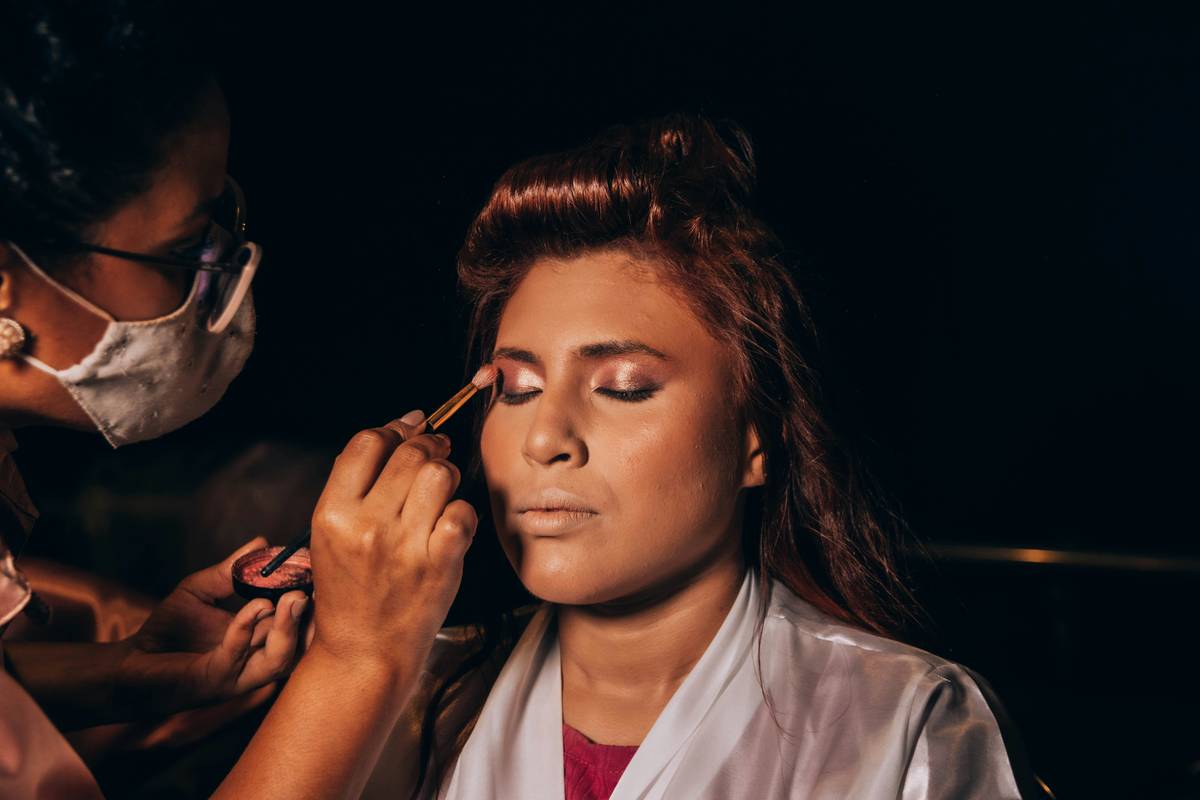
But fear not! With these principles under your belt, you’ll go from “meh” to “chef’s kiss.” Let’s dive into why this topic matters so much in the world of makeup artistry:
- A well-executed color palette enhances natural beauty without overpowering features.
- Understanding expert makeup color theory builds versatility, allowing you to adapt styles based on individual clients or current trends.
- Confidence grows exponentially when you know *why* something works—not just *how*.
Step 1: Understanding the Color Wheel
Why Is the Color Wheel So Important?
If Picasso had his blue period, makeup artists have their color wheel obsession. This tool serves as ground zero for all things related to expert makeup color theory. Here’s how to read it:
- Primary Colors: Red, Blue, Yellow (can’t be created by mixing others).
- Secondary Colors: Green, Orange, Purple (formed by blending two primaries).
- Tertiary Colors: Mixtures of primary + adjacent secondary hues (e.g., Blue-Green).
Finding Complements & Contrasts
The magic happens when opposites attract—or rather, complement each other. Using pairs like blue-orange creates dynamic contrast while keeping balance intact. It’s basically Instagram-gold for smoky eyes!
Step 2: Applying Color Theory to Your Looks
Match Shades to Skin Undertones
No matter how dazzling cobalt eyeshadow appears in its pan, if it doesn’t align with someone’s undertone, it might end up looking more Snorlax than siren. Cooling off warm undertones? Terrible idea, darling.
Highlight & Contour Like a Pro
You’ve seen those TikTok videos where influencers carve cheekbones sharper than cheddar cheese. Spoiler alert: they’re leveraging expert makeup color theory. Use cooler shades to contour and warmer tones to highlight areas closer to light sources—simple yet effective!
Pro Tips for Perfect Color Harmony
- Silky transitions are key! Blend harsh lines out with softer neutrals.
- Leverage monochromatic palettes for quick wins (same base hue in varying intensities).
- Incorporate metallic finishes strategically—they act like tiny mirrors reflecting light beautifully.
Rant Time: Ugh, nothing grinds my gears more than seeing amateur MUAs slap neon green eyeliner everywhere without considering harmony. Stop trying to reinvent the wheel when subtlety speaks volumes!
Real World Examples of Expert Makeup Color Theory
Case Study: Bridal Glow vs. Editorial Edge
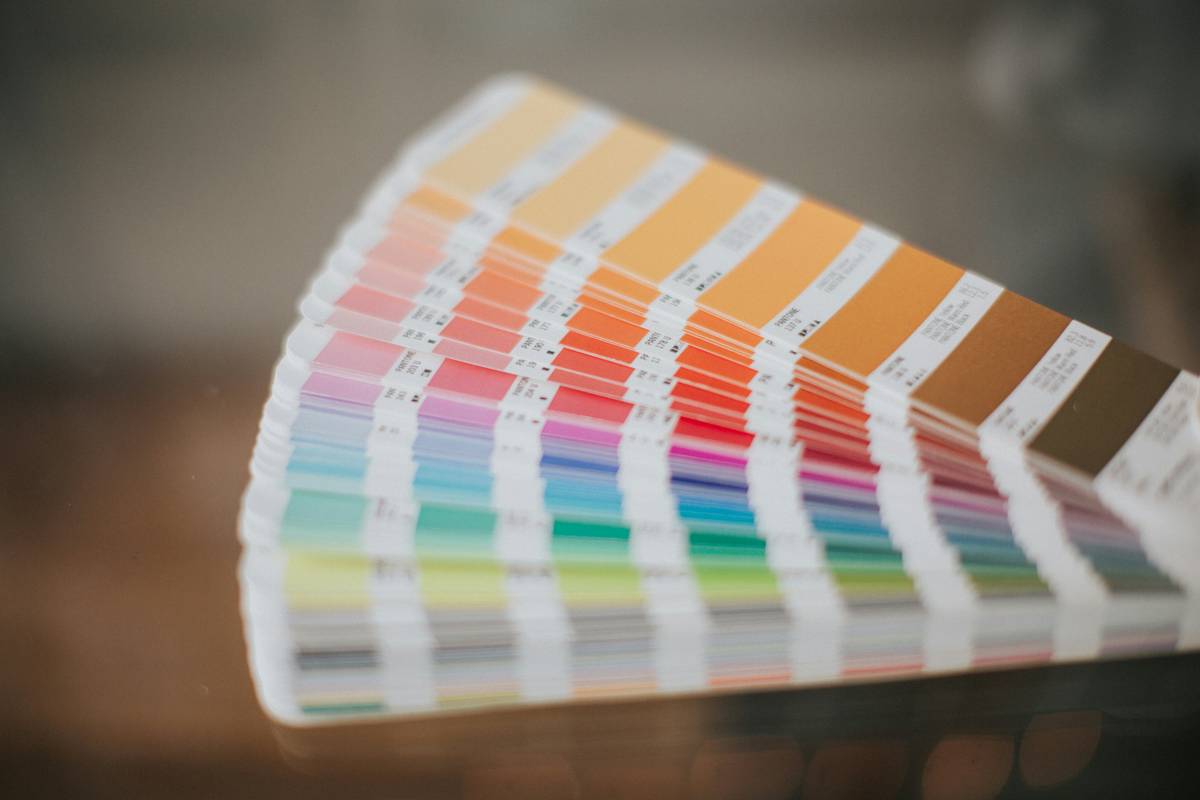
Bridal work typically demands softer pastels and neutral tones, whereas editorials allow bold experimentation. Both approaches rely heavily on expert makeup color theory—just executed differently depending on context.
FAQs About Expert Makeup Color Theory
Q: Does expert makeup color theory only apply to pros?
Absolutely not! While professionals leverage it daily, beginners benefit immensely too. Think of it as leveling up your Insta game instantly.
Q: Can I use trendy colors even if they’re outside my comfort zone?
Yes, but tread carefully. Trendy doesn’t mean universally flattering. Experiment within reason until you find what suits you best.
Conclusion
Congrats—you made it through our crash course on expert makeup color theory! Remember, practice really does make permanent improvement. Keep playing with shades, keep learning, and don’t forget caffeine breaks along the way. Now get out there and slay those looks!
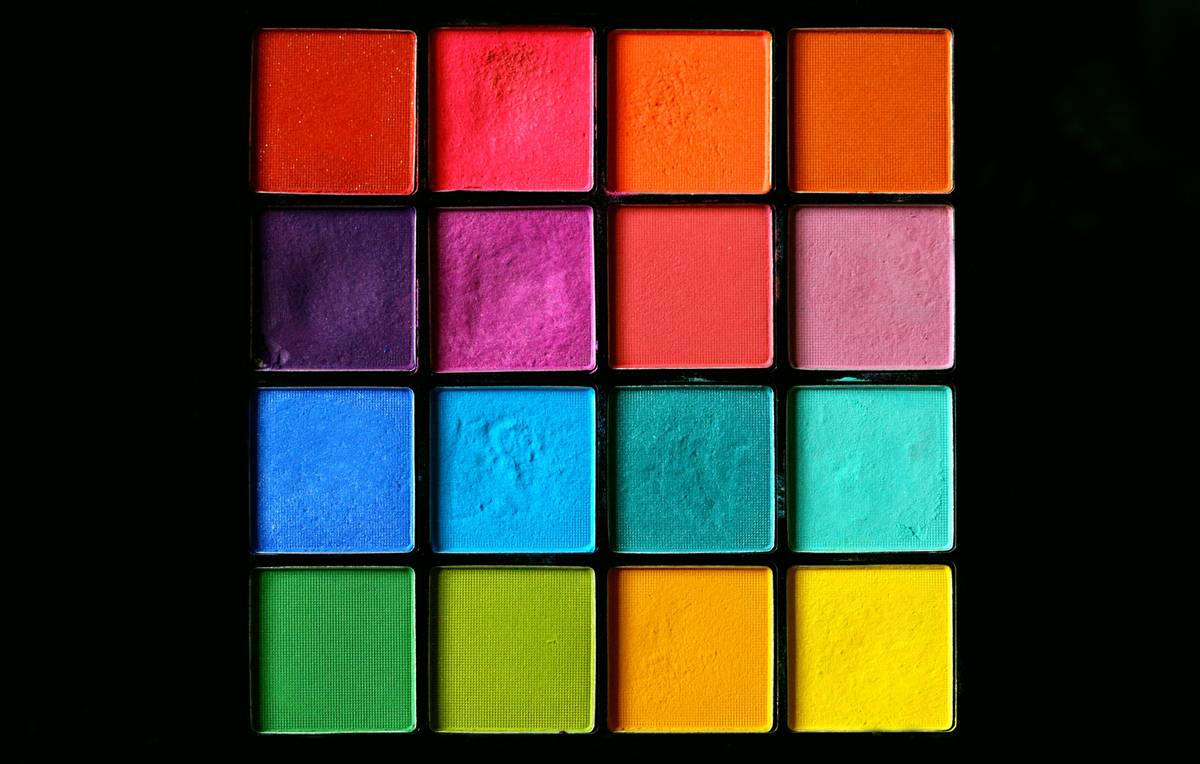
Random Haiku Moment:
Colors blend softly, Palette whispers secrets, Artists wield magic.

